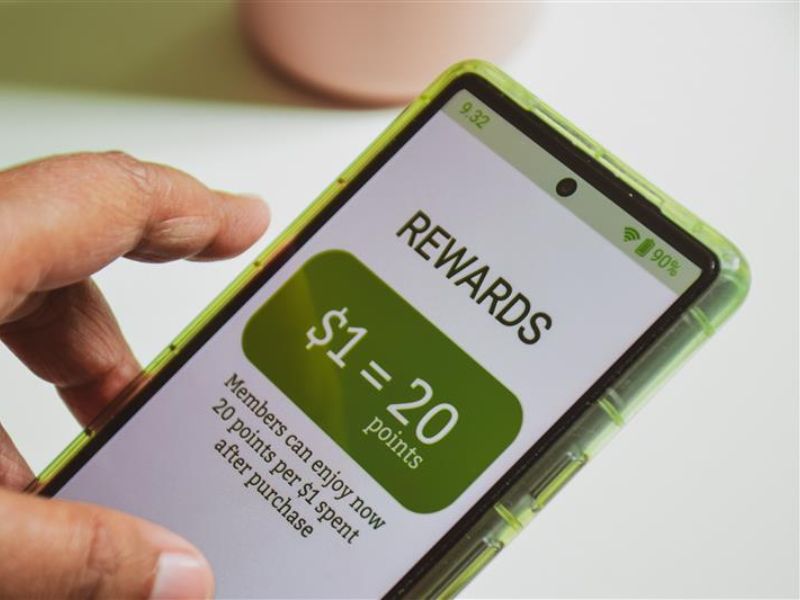
In a Digital-First World, Is Traditional Media Still Worth It?

(Spoiler Alert: Yes)
Every week, a new AI tool or digital ad trend seems to take the spotlight. In this data-obsessed marketing era, traditional channels like radio, TV, or billboards can feel like relics of a slower age. Many marketers assume they’re too expensive, too hard to measure, or simply outdated.
So what place do tactics like radio, cable, and outdoor boards have in your marketing strategy? And, the age-old question every marketer wonders: should we allocate any dollars to traditional media, or go all-in on digital? I sat down with Brandience VP of Media, Bill Brassine to unpack how these two radically different tactics can work together — and what role they play to “surround the consumer.”
The Role of Traditional Media in an Advertising Strategy
Despite the commonly known challenges of traditional media, it remains a powerful tool for marketers looking to build awareness and trust. Here are a few reasons why traditional media remains a vital part of a well-rounded advertising strategy:
Mass Reach
TV and radio still reach millions, especially in demographics less active online. According to Nielsen’s Total Audience Report (2025), linear TV still reaches more than 85% of U.S. adults weekly, particularly audiences aged 35+.
Brand Trust
Studies have shown that traditional outlets are often perceived as more trustworthy than digital platforms.
Credibility and Recall
Repetition across channels builds familiarity, strengthening brand perception and loyalty over time.
We as marketers have a habit of pitting digital and traditional against each other, but they don’t have to be rivals. Bill puts it simply:
“The key is having a strategic and well-thought-out plan where digital and traditional work together and complement each other.”
How Traditional and Digital Work Together
Traditional tactics help to lay the groundwork, or “grease the skids”, by building awareness and credibility. When a consumer recognize and trust your brand, they’re more likely to engage — which leads to digital conversions.
Traditional media should be used in tandem with digital efforts to cover what’s known as the “upper funnel.” This part of the funnel builds awareness, brand perception, and trust.
The “lower funnel” is made up of digital tactics to drive conversions, such as paid social or OTT/CTV. Naturally, these tactics are more effective when consumers already recognize and trust your brand.
Together, if media has been placed strategically, you will “surround the consumer.” In other words, you’ll meet your target audience exactly where they are and when they’re ready to act.
In practice, the above example helped TriHealth and Cleveland Clinic achieve over 43 million impressions and 12,000 “Find a Doctor” conversions in just six weeks — proof that when consumers see and believe, they click and act.
Is Traditional Media Measurable?
Sure, traditional media doesn’t offer the same granular, real-time data as digital. You won’t get instant click-through rates or detailed audience behavior dashboards. Ratings are often based on sampling, and attribution can feel like a guessing game.
But that doesn’t mean traditional media is unmeasurable. In fact, there are smart, strategic ways to track its impact and prove ROI.
Here is how to make traditional media measurable:
Smart Workarounds That Work
- QR codes on TV or outdoor boards can drive traffic to trackable landing pages.
- Unique phone numbers or URLs for each media placement can help isolate response sources.
- Promo codes in print or broadcast ads offer direct attribution.
Regional Performance Comparisons
- Run campaigns in multiple markets and compare sales or foot traffic.
- Use mobile location data (via ethical, privacy-compliant providers) to track visits to retail locations.
- Conduct brand lift studies to gauge shifts in awareness or favorability.
As Bill says,
“It doesn’t have to be hard. You just need collaboration, setup, and a strategic mindset.”
These methods are accessible and effective — especially for franchise, restaurant, and retail brands looking to justify traditional spend.
When Traditional Fuels Digital Performance – Case Study
Tropical Smoothie Café: From Awareness to Action
When this fast-growing QSR brand needed to drive store traffic nationwide, Brandience developed a data-led traditional + digital strategy. Using targeted local radio alongside paid social, every new café launch became an event. Even with limited budgets, the campaigns generated lines out the door and repeat visits — a reminder that awareness still drives foot traffic.
Final Thoughts
Despite the rapid changes in technology, the goal is the same: reach people in a way that’s meaningful to them and inspire them to take action. Instead of viewing traditional and digital media as rivals, think of them as teammates each playing a different position but working toward the same goal. Cable TV is like the offensive line in football: it covers a lot of ground and protects the team’s (or in our case, the brand’s) overall presence. Paid social, on the other hand, is like the quarterback: nimble, targeted, and built to deliver direct results that drive conversions. Together, they move the ball down the field and score.
Learn more about Brandience’s media capabilities here.
About the author
Desi Gilliland, Account Executive at Brandience, brings 8+ years of experience managing marketing for iconic Cincinnati brands. Her expertise includes promotional strategy, email and social media marketing, media trafficking, and endorsement partnerships. Connect with Desi: https://www.linkedin.com/in/desi-gilliland-54853459.
Bill Brassine is Vice President & Media Director at Brandience. He brings deep expertise in franchise, healthcare, retail, and restaurant media strategies and leads with a client-centric, results-driven philosophy. Connect with Bill: https://www.linkedin.com/in/bill-brassine-2513947/


.jpg)

